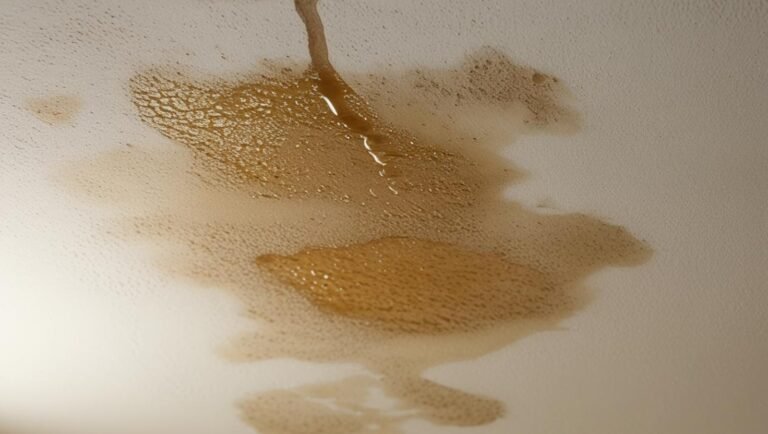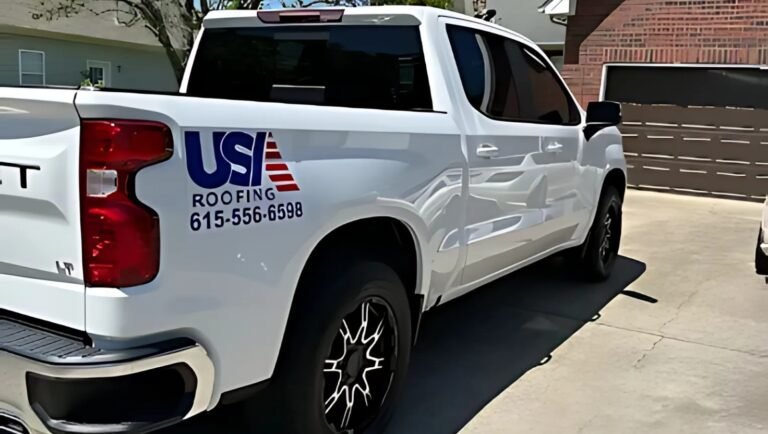When strong storms roll through, one question often comes to mind for homeowners: how to tell if your roof has hail damage. Hailstorms can leave behind more than just dented cars and broken windows—they can significantly harm your roof, leading to costly roof repairs or even a full roof replacement if left unaddressed. Properly identifying hail damage early on is crucial to avoiding long-term structural issues. This guide will walk you through the signs of hail damage, preventative steps, and your options for roof repair or replacement with insights from trusted roofing companies.
How Does Hail Damage Impact Your Roof?
Hailstorms subject roofs to a barrage of icy projectiles that can vary in size from small pellets to baseball-sized chunks. These impacts can dislodge shingles, puncture roofing materials, and even weaken the underlying structure. The resulting damage isn’t always obvious, which is why knowing what to look for is essential.
Visible Signs of Hail Damage
Here are some clear indicators to help you identify if your roof has suffered hail damage:
- Bruising on Shingles: Run your hand over the shingles. A soft, spongey feel indicates the granules have been knocked loose.
- Granule Loss: Check your gutters or the ground surrounding your home for excessive shingle granules. These granules protect your roof from UV rays and water damage.
- Cracks and Holes: Look closely for lines or punctures in shingles, which leave the underlayment exposed.
- Damaged Metal Flashings: Hail impacts may dent or warp the metal flashings around your chimney or vents.
Hidden Damage to Watch Out For
Sometimes the impact of hail isn’t immediately apparent. Below are some less obvious types of damage you might uncover after a thorough inspection or consultation with a trusted roofing company:
- Moisture Intrusion: Hail can create small cracks that allow water to seep in, leading to leaks or mold growth over time.
- Compromised Underlayment: Even if your shingles look fine, the layer beneath them may be weakened, making your roof less effective at preventing water damage.
- Shortened Roof Lifespan: If hail weakens your shingles or other structures, it can shorten the overall longevity of your roof.
DIY Roof Inspection After a Storm
If a storm has swept through your area, follow this checklist to assess your roof for damage safely:
- Inspect from the Ground
Start by looking at your roof from ground level. Use binoculars to scope out any apparent damage, like cracked shingles or dents in metal gutters.
- Check Your Attic
Head into your attic and look for signs of water damage, leaks, or sunlight peeking through the roof.
- Investigate Your Yard
Fallen roof debris or hailstone remnants in your yard could indicate damage.
- Climb with Caution
If you decide to get onto the roof, use proper safety gear and have someone assist or spot you. Look closely for the visible damage we’ve outlined above.
If you’re unsure about your findings, contact a trusted roofing company for a professional inspection.
When to Repair vs. Replace Your Roof
Situations Where Roof Repair Is Ideal
Roof repairs are often the first choice for fixing minor hail damage. Scenarios that call for spot repairs include:
- Isolated areas of granule loss or cracking.
- Dented flashings that can be replaced individually.
- Leaks confined to small areas of the roof.
When Roof Replacement Becomes Necessary
If hail damage is extensive, partial fixes may not be enough. Here’s when a full roof replacement might be required:
- The shingles have widespread deterioration or severe punctures.
- Large portions of the underlayment have been compromised.
- Your roof is nearing the end of its natural lifespan, and repairs won’t restore its efficiency.
A trusted roofing company can provide a clear assessment and help you decide between a repair or replacement.
Preventing Hail Damage in the Future
While you can’t stop Mother Nature, there are steps you can take to minimize hail damage risks going forward:
- Upgrade Your Shingles: Consider hail-resistant roofing materials, such as Class 4 impact-resistant shingles.
- Routine Inspections: Schedule regular professional roof inspections to ensure your roof stays in top condition.
- Maintain Your Roof: Keep gutters clean, replace worn shingles, and address minor issues promptly to prepare for hailstorms.
Final Words
Hail damage can be a homeowner’s nightmare, but identifying and addressing it early can save you time, money, and stress. Whether you need a simple repair or a complete roof replacement, acting quickly can prevent further issues.
For top-tier service in Murfreesboro, contact USA Roofing—a trusted roofing company offering expert roof repairs and replacements. Call (615) 556-6598 for a free consultation today.
Yes, most standard homeowners' insurance policies cover hail damage. Be sure to document damage thoroughly and report it promptly to your insurer.
Inspect your roof as soon as it’s safe to do so. Prompt evaluation will help prevent small issues from becoming major problems.
The cost of replacing your roof varies based on materials, size, and location. Schedule an evaluation with a trusted roofing company for a detailed estimate.
Contact a professional roofing company for an in-depth inspection. They have the tools and expertise to find damage that might not be visible to the naked eye.




